Technology
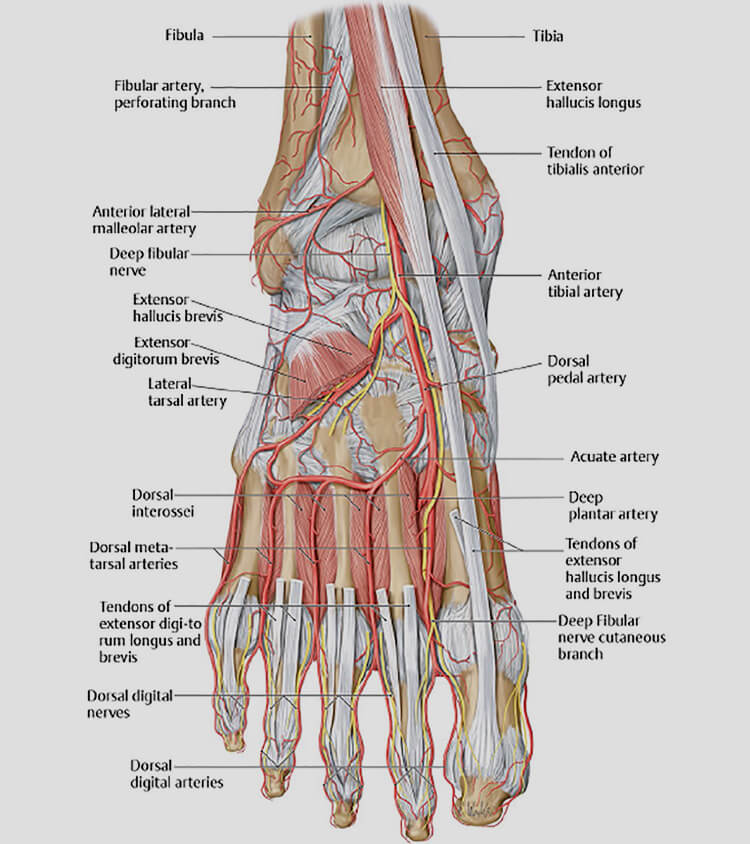
Basic foot anatomy
Almost all footwear for performance sports or high-end commercial use has been designed with a focus on alleviating stress. Modern footwear has made significant design improvements to meet the mechanical strain on the plantar structures such as bones and ligaments during activity.
On the dorsal aspect of the foot, there are several anatomical structures critical for foot function. For example, most tendons controlling the movement of the forefoot are located on the dorsal aspect. More importantly, both the dorsal pedal artery and the deep fibular nerve are located on the dorsal aspect.
Both these structures ride on top of the metatarsal bones and are therefore exposed to outside pressure. The middle foot is triangular in shape if transected. From a lateral view of the foot, one can easily see that the cuneiform and navicular bones form a ridge running from the ankle and down. This area is both exposed and sensitive to outside pressure that is exerted by most types of footwear.
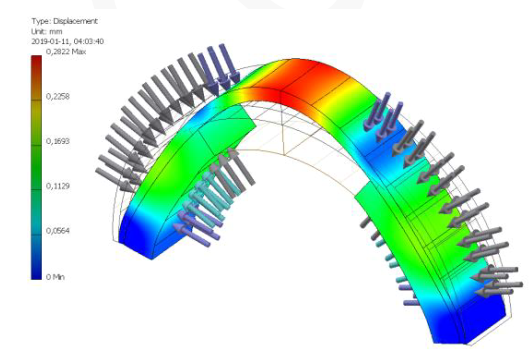
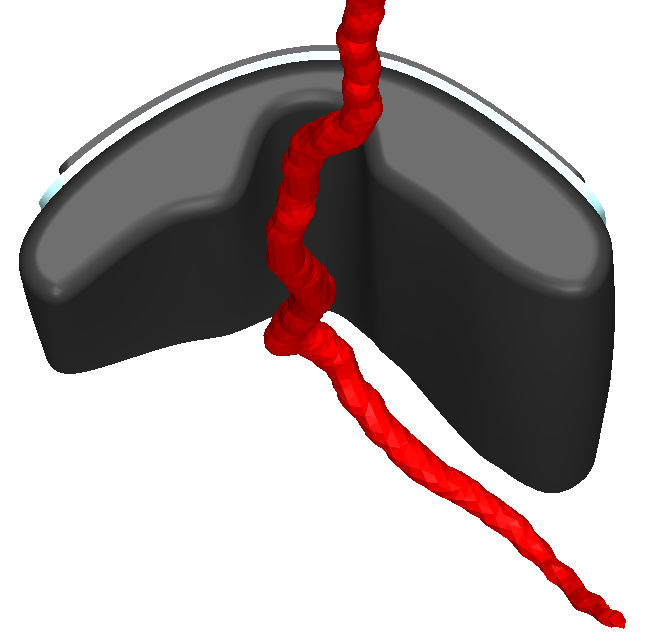
VPECS
The Versatile PErfusion Control System is designed to respect these structures and protect them when a ski boot or any type of footwear is buckled or laced. The VPECS technology was developed using iterative designs supported by Finite Element Modulations (FEM). The term perfusion is a term often used in cardiac surgery and refers to blood flow to important parts. It is referred to as Versatile as many benefits of the technology were discovered during its development.
The VPECS can be integrated into most forms of footwear due to its simplicity. The system will be an integral part of the tongue of the shoe as the tongue is what interacts with the dorsal aspect. VPECS consists of a channel in the tongue and dorsal protection plate. Together these two structures will remove all pressure on the dorsal pedal artery and the deep fibular nerve and distribute the forces from the buckling/lacing to the sides instead of on the top.
VPECS has been tested in different types of footwear. Testing parameters have been laser-doppler, toe-pressure measurement, temperature measurement, and pressure mapping. The most striking results are found in toe-pressure measurement. With this method, the actual blood pressure is measured in the toes, and as blood pressure is a function of vascular resistance and blood flow, it is a good indirect measurement of blood flow to the toes. Below we find toe-pressure measurements with and without VPECS in two different types of footwear.

The preserved blood flow to the forefoot and the toes will translate to warmer toes, especially in ski boots. The reduced nerve pressure will translate to less pain in the foot. One important feature of VPECS is to distribute forces that would put pressure on the ridge of the foot to the sides instead. This force distribution will lead to a better grip and control of the footwear since the foot will now be fixated with a three-point fixation.
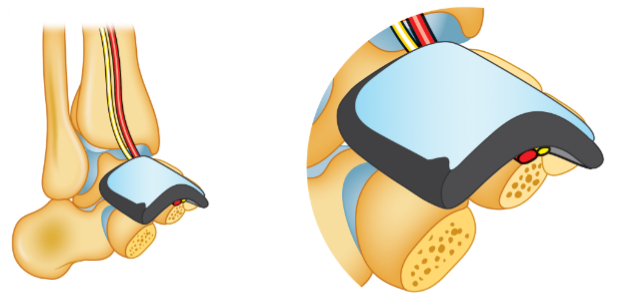
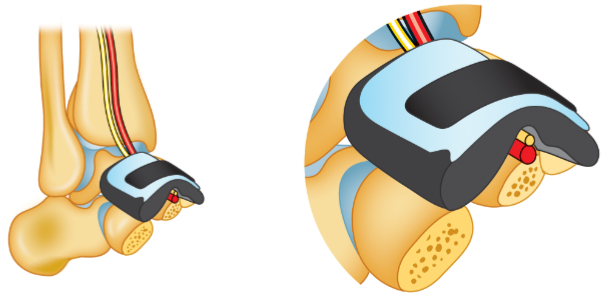
The sole of a ski boot or any other type of footwear will exert a pushing force on the top of the midfoot, thereby compressing the dorsal pedal artery and deep peroneal nerve. For boots and shoes that require hard buckling or lacing such as ski boots, cycling shoes, climbing shoes, and orthopedic shoes, this compression will lead to reduced blood flow and pain.
The VPECS system is engineered to protect these i,portant structures from pressure, thereby normalizing blood flow and removing the nerve pressure. The VPECS was engineered by finite element modulation and has three-layer sandwich design.
Disclaimer
All right of this text belongs to Cintor AB. The VPECS is covered in existing and pending patents.